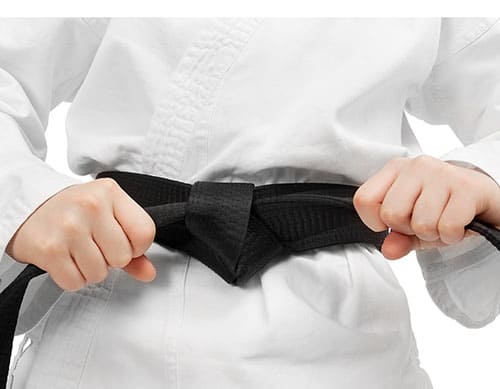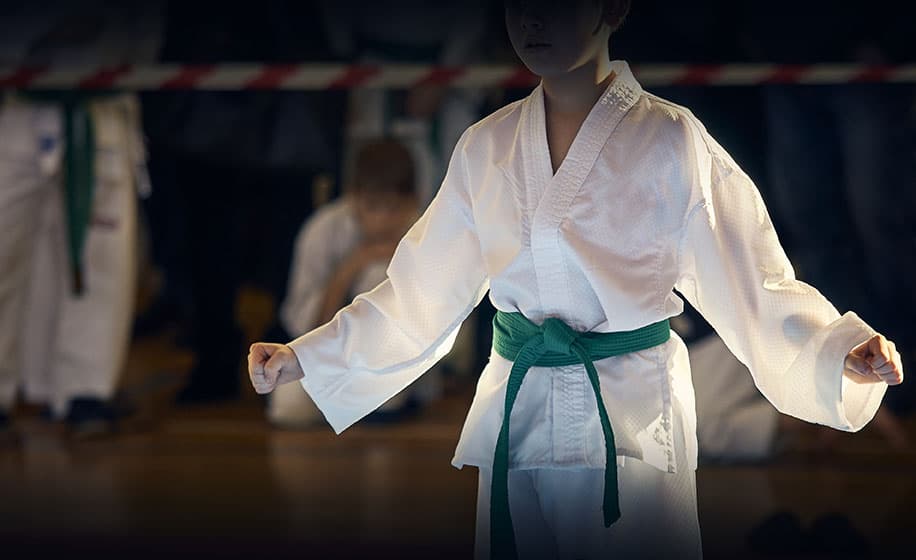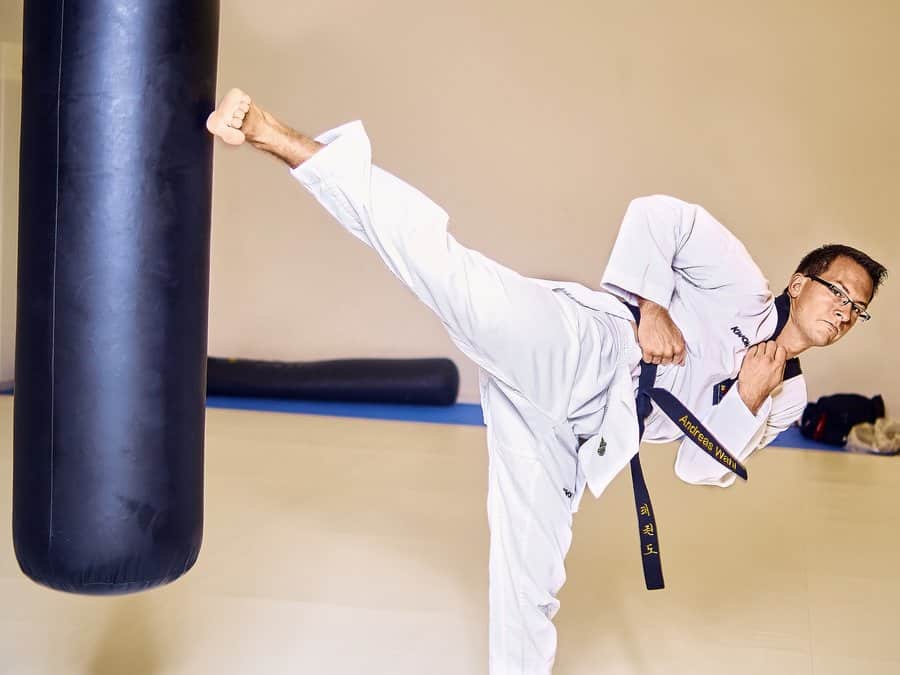
Welcome to your ultimate resource for Tae Kwon Do terminology! Whether you’re just starting your journey or are a seasoned martial artist, understanding the language of taekwondo is essential for mastering its techniques and traditions.
In this comprehensive guide, we break down every term—from classic forms and stances to the latest training jargon—so you can deepen your practice and confidently navigate the world of martial arts. Read on and discover the rich history and practical application behind each word that shapes the art of taekwondo.
General Words in Korean for TaeKwonDo

In taekwondo, the Korean language is much more than a medium of instruction—it’s a vessel for tradition, philosophy, and discipline. This section delves into everyday words and expressions that shape the art’s culture, from respectful commands used in training to the foundational terms that embody the spirit of martial practice. By understanding these terms, practitioners gain insight into the values and history behind each movement, reinforcing the connection between language and legacy in taekwondo.
Hello / How are you – An Nyung Ha Sae Yo
Good bye – An Nyung He Gae Sae Yo
Thank you – Kam Sa Ham Me Da
Bow – Kyung Nae
Bow to Flags – Kuk Gee Eh Dae Han Kyung Na
Bow to Master – Kuan Jang Nim Kkae Kyung Nae
Taekwondo School – Kwan
Uniform – Dobok
Gym for practice – DoJang
America – Mi Gook
Korea – Han Gook
Korean Flag – Tae Guk Gi
American Flag – Mi Gook Gee
Attention – Chah-ryut
Ready – Joon-bee
Begin – Si-jak
Yell – Ki-Yahp
Sparring – Gyoroggi
Self-defense – Hosinsool
A Round of competition – Jeon
A Point scored in competition-Jeum
Referee – Joo Sim
Attention – Chah-ryut
1st – 9th degree – Dan
Master instructor (above fifth degree black belt) – Kwan Jang Nim
Under 15 red/black belt- Poom
Forms, formal exercises – Poomse
Instructor (above fourth degree black belt) – Sabom Nim
TaeKwonDo Anatomy in Korean: Understanding Body Parts & Movement Terminology

A clear understanding of body anatomy is crucial for executing taekwondo techniques with precision and safety. This section covers the Korean terms for key anatomical parts, explaining how each contributes to effective movement and technique. By learning these words, practitioners can better communicate with instructors and peers, ensuring that training remains both technically sound and deeply rooted in the traditional language of the art.
Neck- Mok
Head – Mo Li
Face – Ul Gool
Mouth – Ip
Body – Momtong
Knee – Moo Rup
Fist – Joomock
Face – Eolgul
Leg –Dari
Foot –Baal
Ball of Foot – Jock Do
Forearm – Palmock
Hand-Son
Wrist – Sonmock
Knee – Moo Rup
Elbow – Pal Gub
Shin – Jung Gang E
Heel – Bal Dwee Ggum Chee
Learning Korean Numbers 1-10: Essential Counting for TaeKwonDo Practice
Counting plays a vital role in taekwondo—from determining ranks to timing sequences during training and competitions. In this section, we introduce the Korean numbers one through ten, complete with pronunciation tips and practical examples of their use in a martial arts context. Mastering these numbers not only enhances your command of the language but also improves your ability to follow and give precise instructions in the dojang.

Hana – one
Dul – two
Set – three
Net – four
Dasot – five
Yasot – six
Elgub – seven
Yodol – eight
Ahob – nine
Yol –ten
If you want to learn the Korean numbers to 100 then check out my post on how to say the numbers 1 to 100
Korean Kicking Techniques: TaeKwonDo Kick Terminology

Kicks are perhaps the most dynamic and visually striking elements of taekwondo, symbolizing both agility and power. This section provides an in-depth look at the Korean names for different kicking techniques, from high, fast strikes to powerful, sweeping motions. By familiarizing yourself with this specialized vocabulary, you can refine your technique and gain a more comprehensive understanding of how each kick contributes to your overall martial arts skill set.
Axe Kick – Naeryeo Chagi
Back Kick – Dwi Chagi
Crescent Kick – Bandal Chag
Front Kick – Ap Chagi
Tornado Kick – Dol Gae Chagi
Jumping Front Kick – Eedan Ap Chagi
Jumping Kick – Twi O Cha Gi
Knee Strike – Moreup Chigi
Push Kick – Meereo Chagi
Roundhouse or Turning Kick – Dollyo Chagi
Scissor Kick – Kawi Chagi
Side Kick – Yeop Chagi
Spinning Hook Kick – Dwi Huryeo Chagi
Hook kick– Guligi Cha Gi
Swing Kick – Naeryeo Chagi
For more details on kicks in TaeKwonDo check out my post on this subject
Essential Korean Block Terminology: Defending with TaeKwonDo Precision
Effective blocking is key to both defense and counterattacks in taekwondo. In this section, we present the Korean names for various blocking techniques, highlighting the correct form and strategic application of each. Learning these terms not only improves your ability to neutralize an opponent’s attack but also reinforces the structured, mindful approach that is at the heart of traditional taekwondo practice.
Knife-hand Block – Son Nal Maggi
Double Knife Hand Block – Du Son Nal Kuh Dul A Maggi
Rising Block -Wee Maggi
Outside Block – Backat Maggi
X Block – Yeot Pero Maggi
Down Block – Ahre Maggi
Middle Block – Momtong Maggi
Spreading Block – Hecho Maggi
Double Hand Block – Du Son Kuh Dul A Maggi
Palm Block – Ba Tang Son Maggi
For more details on blocks in TaeKwonDo check out my post on this subject
TaeKwonDo Punches in Korean: Techniques, Terms, and Training Tips

Punching techniques are a cornerstone of taekwondo, delivering power and precision in every strike. Here, we break down the Korean terminology for a variety of punches, explaining the mechanics behind each move and how they integrate into your overall combat strategy. Understanding these terms deepens your technical proficiency and ensures you honor the traditional language and discipline of taekwondo during training.
Spear fingers Punch – Son Nal Dung Chi Gi
Knife-hand Punch — Sob Nal Chi Gi
Hammer fist Punch – Me Joomok Chi Gi
Knuckle fist Punch – Pyon Joomock Chi Gi
Hook Punch – Guligi Chi Gi
Back-Fist Punch-Dung Joomock Chi Gi
Elbow Punch- Palkoop Chi Gi
Palm Strike – Ba Tang Son Tuck Chi Gi
Double Knife Hand Strike – Doo Son Nal Mok Chi Gi
For more details on punches in TaeKwonDo check out my post on this subject
Mastering TaeKwonDo Stances: Essential Korean Terms for Martial Arts Postures
“In taekwondo, stances form the foundation of every movement, combining balance, strength, and technique. This section explores the Korean names for the various stances used in training, offering insights into their proper execution and underlying philosophy. By mastering these terms, practitioners not only improve their technical skills but also connect with the rich cultural heritage that makes taekwondo a truly holistic martial art.
Front Stance – Ahp Gubi Sogi
Fighting Stance –Mot Sohgi
Walking Stance – Ahp Sogi
Back Stance – Dwi Gibi Sogi
Horse Stance – Juchoom Sogi
Tiger Stance – Poom Sogi
Ready Stance – Pyong Hi Sogi
Twisted Stance – Koa Sogi
Sparring Stance – Kyeo Ry Gee Chum Be
For more details on stances in TaeKwonDo check out my post on this subject

